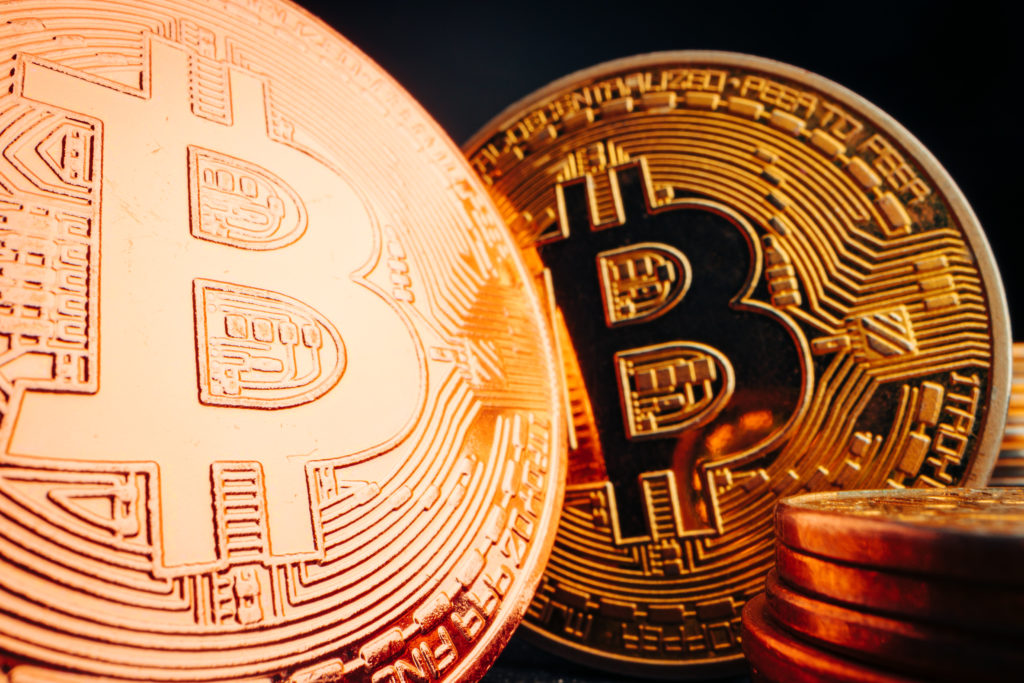Invented in 2009, Bitcoin, the first decentralized cryptocurrency, has paved the way for the launch of more than 4,000 cryptocurrencies. Largely free from government manipulation and control, the popularity of cryptocurrencies has been on the rise over the last couple years due to their anonymity and high-risk-high-reward nature. Since becoming more mainstream, cryptocurrencies have been making their way into other industries, including food. Here’s what happens when food and cryptocurrency collide.
1. Brave Robot
In August, fermented dairy protein maker Brave Robot announced that consumers could now pay for the brand’s ice cream pints with cryptocurrencies. In collaboration with Coinbase Commerce, its direct-to-consumer (DTC) website accepts payments in Bitcoin, Bitcoin Cash, DAI, Ethereum, Litecoin or USD Coin.
“With millennials and Gen Z adopting decentralized currencies and blockchain technology becoming one of the most significant technological innovations, Brave Robot is thrilled to integrate cryptocurrency payment options for consumers to facilitate secure online transactions through Coinbase Commerce,” the company said in a press release.
This is a risky move for Brave Robot because of the sky-high values and volatility of cryptocurrencies. In other words, the cryptocurrencies consumers use to pay for ice cream on a given day could be worth much more or much less in the following weeks depending on the markets. But just as Brave Robot found a new way of thinking about dairy production (without harming cows), it found a new way of thinking about payment.
2. McDonald’s El Salvador
Earlier this month, fast food giant McDonald’s began accepting Bitcoin as a form of payment in all of 19 restaurants in El Salvador. But McDonald’s isn’t the only chain accepting the popular cryptocurrency. Other food and drink franchises, including Pizza Hut and Starbucks, have also began accepting Bitcoin in El Salvador after the country became the first to adopt the cryptocurrency as legal tender.
Under the new law, businesses are required to accept Bitcoin as a form of payment, with the exception of merchants that are technologically unable to receive the cryptocurrency. With many businesses now required to widen their payment options to include Bitcoin, many more food and beverage establishments in the country will likely be accepting the cryptocurrency in the near future.
3. Blockchain in the Food System
The underlying technology behind cryptocurrencies, blockchain, is a decentralized technology spread across many computers that manages and records transactions. Blockchain has been widely adopted across the food system, from manufacturing to transportation and everywhere in between. The technology renders the history of any digital asset unalterable, forming a chronological, single source of truth for data.
The IBM Food Trust, for example, comprises a network of growers, processors, distributors, manufacturers, wholesalers, retailers and others who can track goods as they move across the supply chain. Since its launch in 2017, the trust has connected participants through a permissioned, unalterable and shared record of food origin, transaction data, processing details and more.
Covantis, a blockchain-powered digital operations platform developed to eliminate paper-based post-trade processes, is another more recent example of blockchain in the food system. It is being used by food giants like Cargill to increase efficiency and cut operational risks for bulk commodity shipments.
Despite the volatility and negative environmental impacts of cryptocurrency, many food and beverage players are making it their mission to accept the alternative forms of payment. However, many will continue to play it safe and rely on old fashioned currency to stay risk averse.












Join or login to leave a comment
JOIN LOGIN